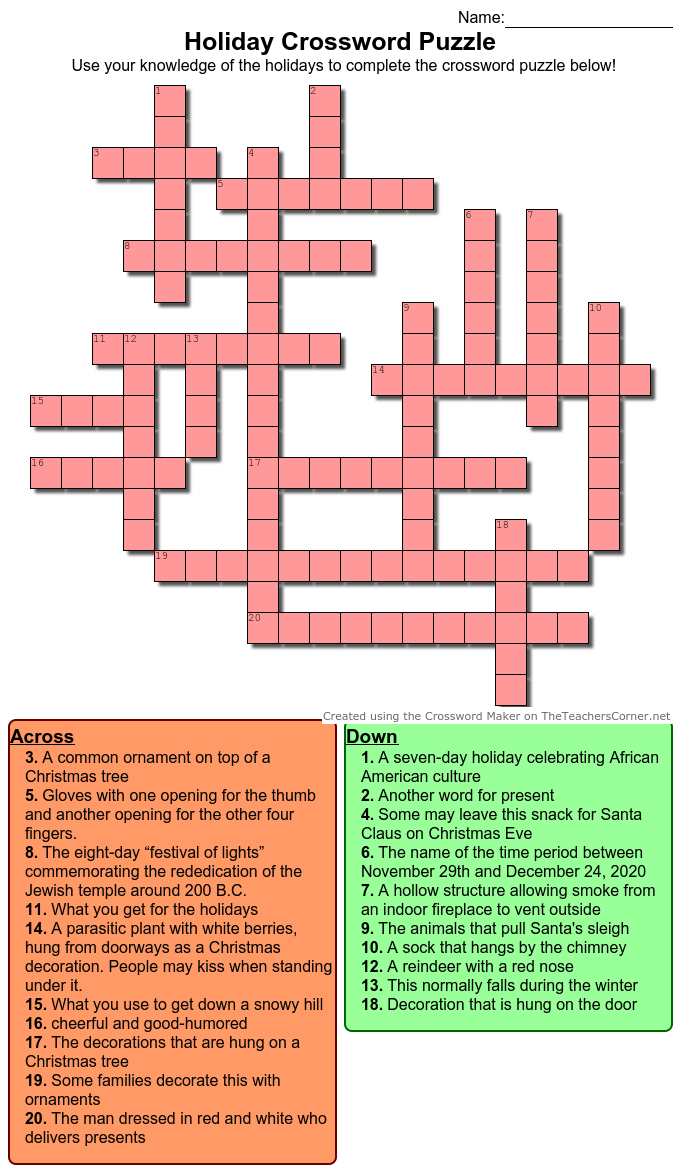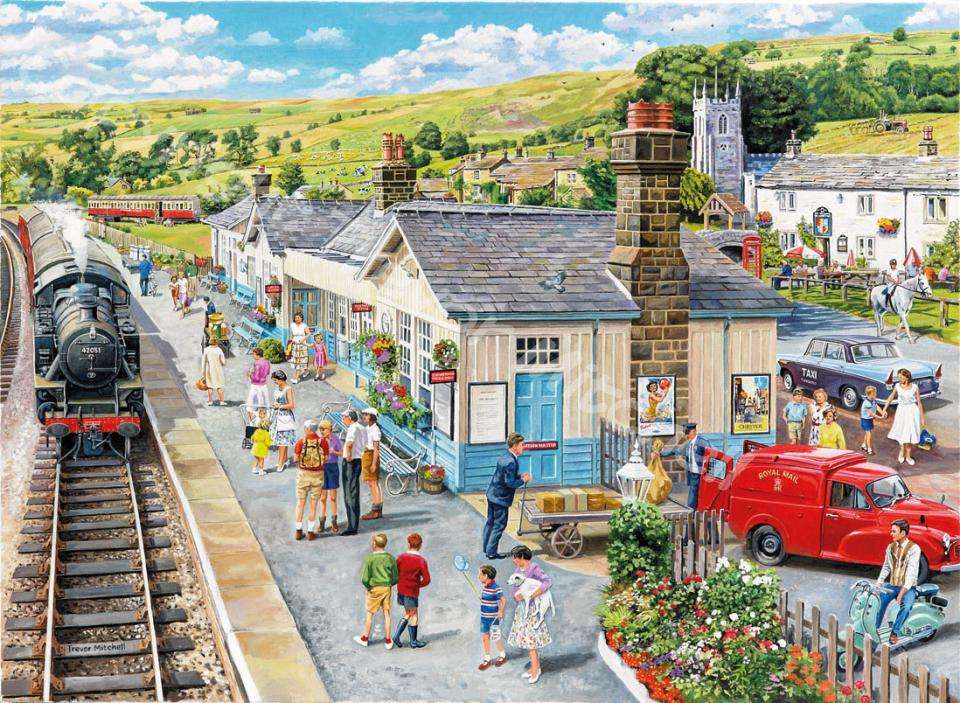
When it comes to knitting socks, you have a lot of choices. There is the toe, the leg, the Heel flap, and the Kitchener stitch. It is possible to find the perfect sock pattern for your needs. While you are waiting, you might want to try knitting some socks.
Leg
The leg of socks is the portion between the heel and the end cuff. This section can be knit in many styles, including plain stockinette or fancy lace. To determine how long your leg should be, measure from the anklebone to the point on the leg.

The leg of a socks covers the entire length and ends at the ankle. It also covers the heel, which are the cup-shaped pockets that fit snugly around each foot's heel. The L-shaped shape of the heel is most common. The heel connects with your foot via a Gusset. It should fit the arch.
Heel flap
The heel flap in socks is an extra bit of knitting at the foot. It usually measures between two and three inches in length, and is turned so that it rests flat against the foot. This flap is created using the short rowing technique. This means that you knit back and forth, without having to go to the end. You knit one stitch to the heel flap edge and one stitch to the next, so you will have about 16 to twenty stitches.
The heel flap consists of small tubes of knit stitches which gradually shrink until the sock fits around the ankle. There are several tricks you can use to make this stitch easier, but the most important one is not to over-stitch any heel flap stitches. This will make them flimsier to pick up and will not compromise the durability of the heel.
Kitchener stitch
Kitchener stitch refers to a grafted stitch which mimics the tension of your knitting. This stitch can be done with two needles: one for each side and one for each end. Start by slipping the first stitch of the front needle through the first stitch on the back needle and pulling the yarn through.

The working yarn will be on your right hand. It comes from the rightmost stitch of the back needle. Cut the working wool to a length that's comfortable to use. Thread a tapestry needle with the remaining yarn tail. Start knitting on needle one, and move onto needle two. Turn the needle purlwise through the first stitch on the left front needle.
FAQ
Where can you find free resources that teach more about hobbies and interests?
Many websites are dedicated to helping people find new hobbies.
Here are some favorites of ours:
www.trythisathome.com - This site provides a list of over 100 different hobbies. It also includes information on how to get started on each one.
www.hobbyfinders.org: This website offers thousands of activities you can search by skill level, location, or interest.
www.indiebazaar.co.uk - IndieBazaar is an online marketplace designed specifically for independent artists and musicians. The site features hundreds of products ranging from artwork to music gear.
www.pinterest.com/explore/hobbies - Pinterest is a social media network that lets users "pin" images they find interesting onto their boards. Users can use boards to organize their favorite things into specific categories.
www.reddit.com /r/Hobbies - Reddit is another social media platform that lets users post links to articles, videos, or other types of content. Voting allows users to vote for the most valuable posts.
What are the best ways to find a hobby?
You may feel overwhelmed when you start your quest to find a hobby.
You might think, "I'm not very talented," "I struggle at sports," "I don't really know anything."
But the truth is, you probably already have a lot of experience to draw upon when looking for a hobby.
It's not that you don’t realize it yet.
Take a look around your house. How much stuff do you own?
Are there any toys that you don't use anymore?
Perhaps you own a collection or magazines.
Perhaps you have always wanted to be a chef.
Or perhaps you would just like to learn how to play the guitar again.
Whatever it is, there's likely something you can turn into a hobby.
Realize that you have many experiences already.
You'll find a hobby that fits your lifestyle once you do.
What are collection hobbies?
Books, movies, music and comics are the most popular collections.
Collect stamps, coins, cars, dolls and action figures as well as art supplies, tools, jewelry, watches, gadgets and furniture.
I think you get it.
Statistics
- 37% Video Games 36% Travel 36% Health and Fitness (quizexpo.com)
- I am 100% biologically a woman (discover.hubpages.com)
- The intensity of the dialogue partners' bond at the end of the forty-five-minute vulnerability interaction was rated as closer than the closest relationship in the lives of 30 percent of similar students. (time.com)
- A new survey by Pew Research Center of teens ages 13 to 17 finds that 36% of girls feel tense or nervous about their day every day; 23% of boys say the same. (pewresearch.org)
- In comparison, men in the “no humor” condition were refused 84.6% of the time and were only accepted 15.4% of the time. (time.com)
External Links
How To
How to Begin Baking
Baking is the process of making food from flour and eggs, sugar, butter, and other ingredients. Baking uses flour, fats, sugars leavening agents and salt as the main ingredients. This article will show you how to make bread. Common ingredients such as wheat flour, yeast and milk powder, eggs whites, butter, oil, salt, honey, and olive oil will all be used.
These ingredients must be combined in order to bake bread. First, you must add the dry ingredients (flour, yeast, salt) into your mixing bowl. Then, add in the wet ingredients: milk powder, egg yolk. Mix them together. Add the honey and then knead the dough until smooth. Allow the dough to rise until doubled in size. After rising, the dough should feel light and soft. You can roll the dough out and place on a baking pan. Bake at 180°C for fifteen minutes.